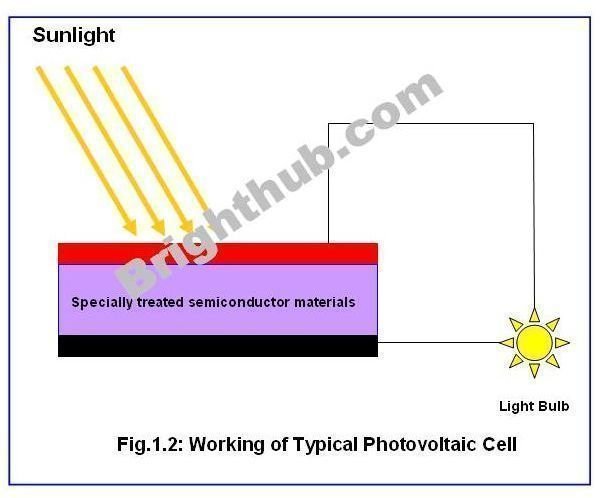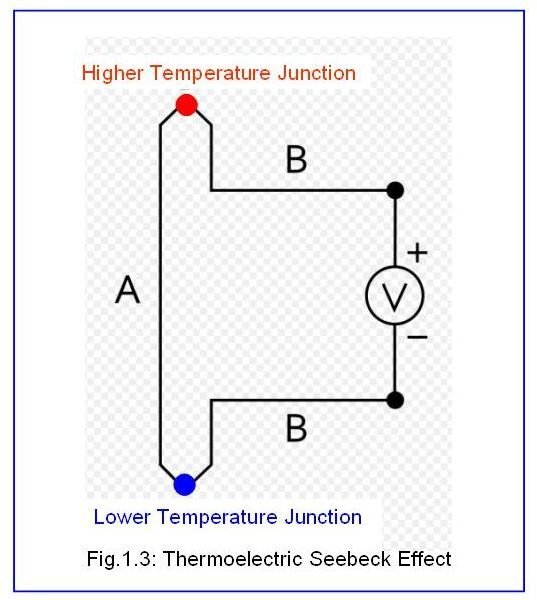Energy Harvesting Technologies – RF Energy Harvesting, Photovoltaic Harvesting, Thermoelectric Harvesting, Piezoelectric Harvesting
The history of energy harvesting is quite old. Windmills, water mills, and passive solar systems have been used from ancient times. Today’s power harvesting systems are scavenging energy from a wider variety of sources, and researchers are finding innovative applications like energy harvesting to power wireless networks. Assuming that you already know the basics of harvesting technologies (if not, please see “What is Energy Harvesting?” here at Bright Hub), let’s proceed to discuss the different currently available technologies.
Radio Frequency Energy Harvesting Systems
-
The signals of radio, television, mobile phones, and other useful wireless instruments are transmitted through the radio frequency (RF). All RF signals have electromagnetic energy in them.
-
The RF energy harvesting systems convert this energy to useful DC energy. Since the amount of energy obtained is very small and irregular, the systems employ capacitors to store and use the power optimally.
Applications
- This method can be used to power wireless networks by energy harvesting. Especially, wireless instruments that are placed in remote corners or integrated to some mechanical structures have high potential to use this technology.
- Passive RFID tags use this RF harvesting technology, and that is the reason why passive RFID tags don’t require a separate battery.
Photovoltaic Harvesting Systems
- These types of energy harvesting system use some kind of photovoltaic (PV) cells for scavenging energy mainly from sunlight.

- The construction of the photovoltaic cell plays the major role in this kind of system. Typically, the PV is constructed using doped silicon.
- The doped silicon has the special property of being excited by photons. Sunlight is the major source of photons.
- When the photons hit the doped silicon, it gets excited and the electrons in it are knocked loose from their atoms. The loose electrons now are ready to flow through wires and generate electricity.
Applications
- This method of harvesting finds many applications like calculators, watches, and other small instruments.
- It is used for power generation in small as well as medium scale.
- This method is used for fulfilling the power requirements of space operations.
Further Reading
- How Photovolaic Cells Work by Haresh Khemani
- Infrared Radiation Boosts Solar Power Efficiency by Gangolly Dinkar Rao
Thermoelectric Harvesting Systems
- This harvesting method works on the principle of Seebeck effect, the Peltier effect, and the Thomson effect.

- The above picture showing the Seebeck thermoelectric effect. Two different metal wires (A and B).
- If you develop a temperature difference between the two junctions, current will flow through the metal wires.
Applications
- The waste heat from the industry is harvested by this energy harvesting technology.
- Another application of this technology is scavenging the waste heat of an automobile.
- The radioisotope thermoelectric generators are used in space technologies.
Further Reading
- What is a Thermocouple? by Dr. Crystal Cooper (Seebeck Effect)
Vibration Harvesting Systems
- These energy harvesting systems convert the vibrational energy of mechanical systems like engines, turbines, bridges, and other rotating or moving equipment into useful forms of energy.
- Different types of design are possible. You might think of converting the linear motions of the vibrations to the rotary motions and then couple it with a generator. Another possible option could be converting the linear vibratory motion directly to electric power by using magnets and coils.
- The main advantage of this kind of system is higher efficiency. An industrial vibration harvesting system can give output in the range of 100 μW/cm2.
Applications
- It can be used in industries, where engines, compressors, fans, pumps and other rotating equipment are used.
- Long bridges can be another potential application for this kind of systems.
Piezoelectric Harvesting Systems
- Piezoelectric materials generate current when deformed.
- This property of the piezoelectric materials is used to convert any kind of motion to electric current.
- Often the piezoelectric materials are integrated into vibration harvesting systems as well.
Applications
- These systems can be used for extracting energy from acoustic noise and seismic vibrations.
- The systems can also be employed for generating energy from the motions of different human body parts to use that energy for different implants like pacemakers, etc**.**
- The systems can be coupled with an industrial vibration source to generate electricity.
Conclusion
Energy harvesting technologies are good for scavenging or harvesting power in greener ways. Most of the evolving technologies are concentrating on ultra-low-power (ULP) electronics devices like harvesting energy to power wireless networks and RFID.
References
- Tech-On - Vibration-powered Generators Replace AA, AAA Batteries by Hideyoshi Kume
- Radio Frequency Energy Harvesting by Bryn Dixon
- EE Times - Managing the power in wireless sensor networks powered by energy harvesting circuitry by Pierre Mars
